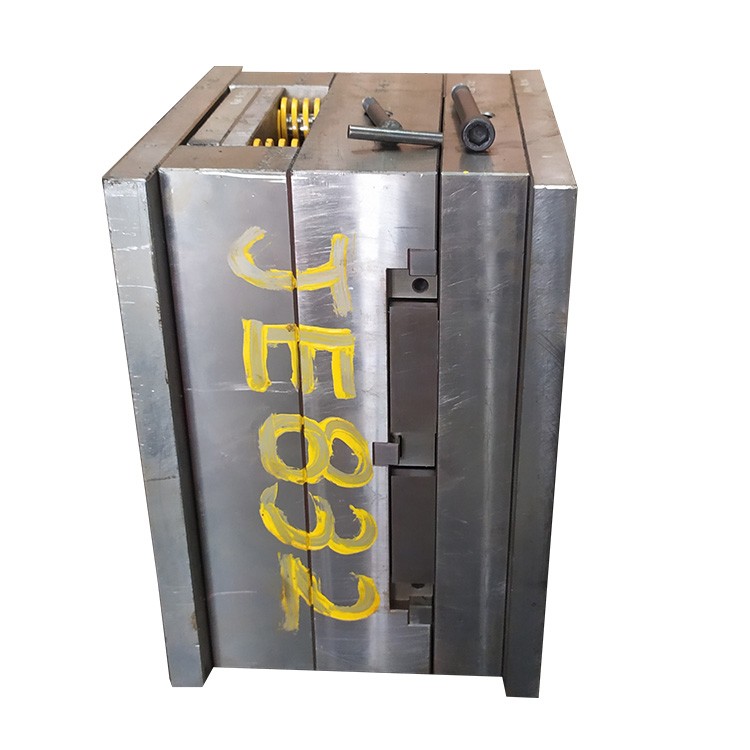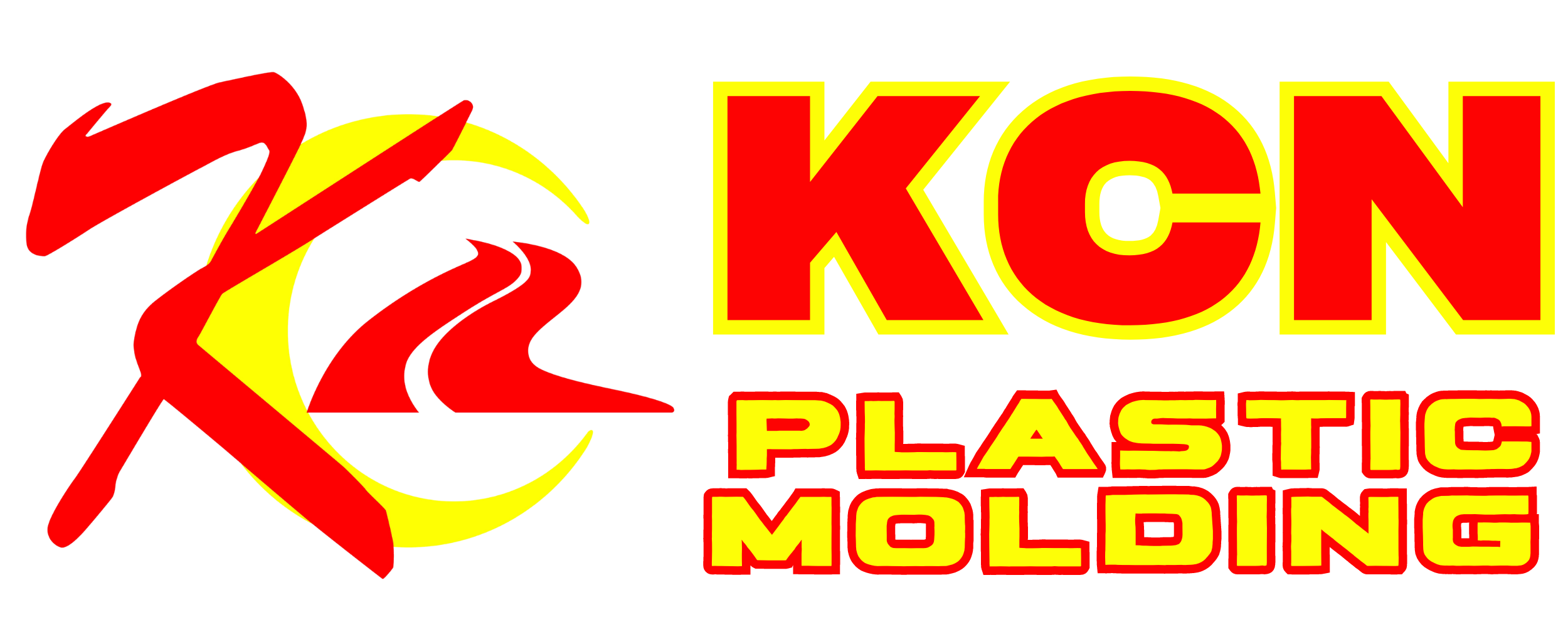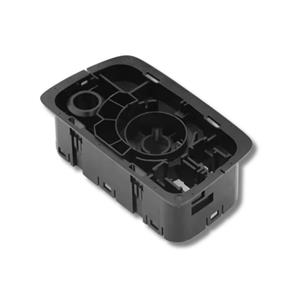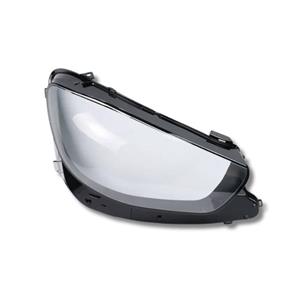What is plastic injection molding?
Plastic injection molding is a manufacturing process used to produce a wide range of plastic parts and components. It involves injecting molten plastic material into a specially designed mold, allowing it to cool and solidify to form the desired shape. This process is widely used in various industries for the mass production of plastic products.
Here's an overview of the plastic injection molding process:
1. Mold Preparation: The mold, typically made of steel or aluminum, is carefully designed and constructed to create the desired shape of the final plastic product. The mold consists of two halves, the cavity and the core, which form the shape of the part.
2. Plastic Material Melting: Plastic pellets or granules are fed into an injection molding machine, where they are heated and melted. The plastic material is typically in a solid form, but it becomes molten under high temperatures and pressure.
3. Injection: The melted plastic material, or "melt," is injected into the mold cavity through a nozzle and sprue system. The injection process is precisely controlled to ensure the mold cavity is filled completely with the molten plastic.
4. Cooling and Solidification: Once the mold cavity is filled, the molten plastic begins to cool and solidify inside the mold. The cooling time varies depending on the part's size, complexity, and the type of plastic used. Cooling channels within the mold help expedite the cooling process.
5. Ejection: After the plastic has sufficiently cooled and solidified, the mold opens, and the newly formed part is ejected from the mold cavity. Ejection mechanisms, such as ejector pins or plates, push the part out of the mold.
6. Post-Processing: The ejected part may require additional post-processing steps, such as trimming excess material, removing any visible gate marks or sprue, and adding surface finishes or textures.

The plastic injection molding process offers several advantages, including high production efficiency, consistent part quality, intricate part designs, and the ability to use a wide range of plastic materials. It is a versatile and cost-effective manufacturing method for producing plastic parts in large quantities.




